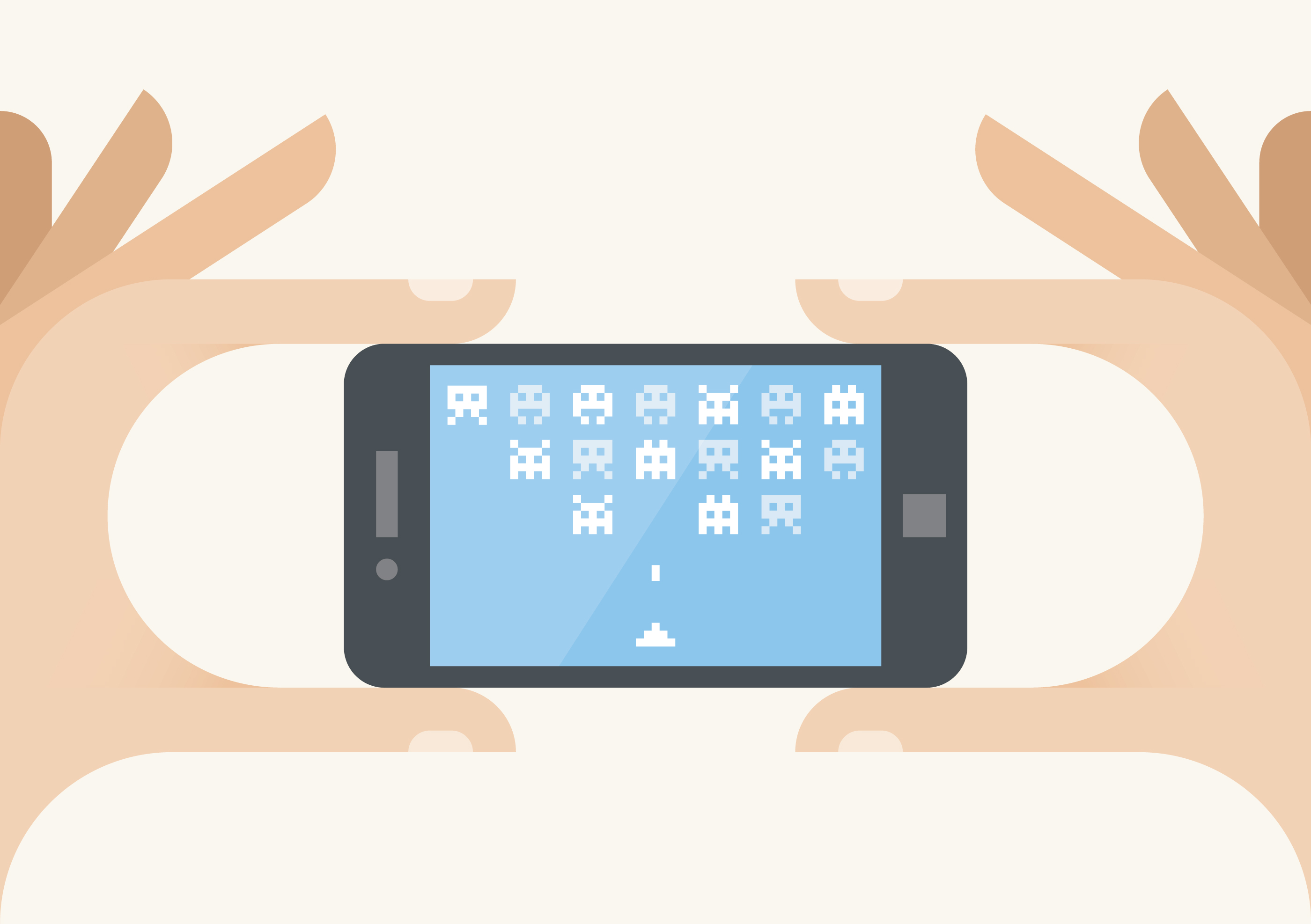What Happened
USA Network’s hacker drama Mr. Robot was a surprise hit last summer, and now the cable channel is taking a surprising approach to promote its upcoming second season. Working with concept store Story, the network took over an entire floor of the Manhattan shop and sponsored a disruption-themed store that is thoughtfully curated to reflect the tone and story of the show. The themed store features fun, interactive installments, including a vending machine that shoppers can activate by tweeting and a hackable ATM doling out real cash to the tech-savvy shoppers. It also features curated products from startup fashion brands such as JackThreads and The Arrivals, tech gadgets selected by Circuit Breaker, as well as the show’s merchandise.
Why Brands Should Care
In the age of Peak TV and Ad Avoidance, it is increasingly difficult for a new show (or brand) to cut through the noise and find an audience. This concept store, however, shines as a cool example of experiential marketing. In a way, this concept store is what native advertising in a retail context looks like – a real shop with buyable goods that also immerses its customers in a brand narrative and gets its message across. While this type of experiential campaign may be costly to implement and limited in its physical reach, the positive publicity, the word of mouth, and the organic social impressions it generates will be crucial for ensuring the campaign reaches its audience and fully engage them.
For more information on how brands can deal with the rise of Ad Avoidance among consumers, please check out the corresponding segment in our 2016 Outlook.
Source: AdAge



